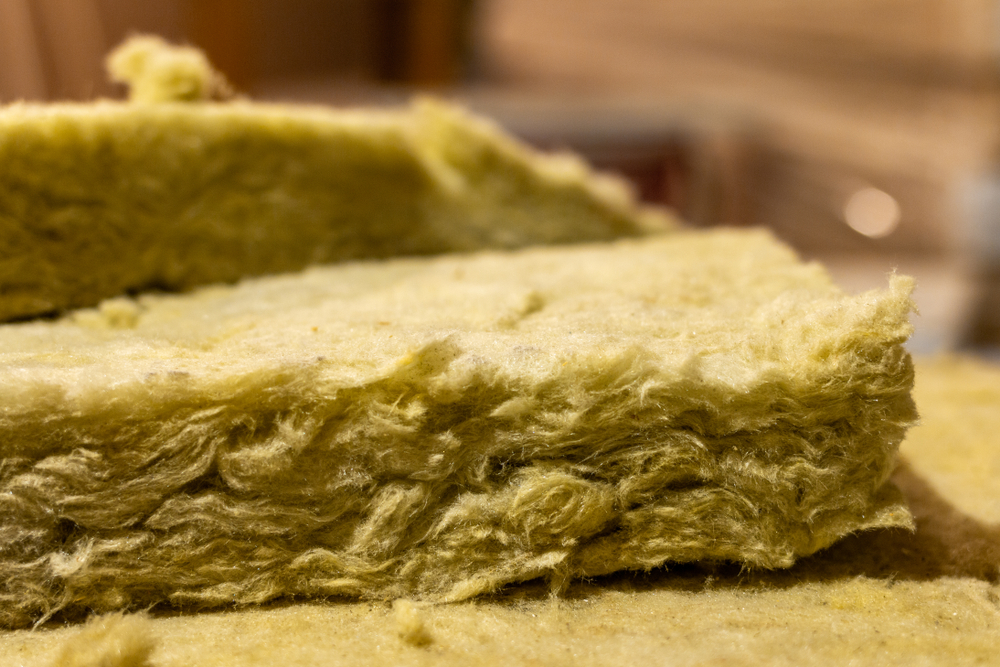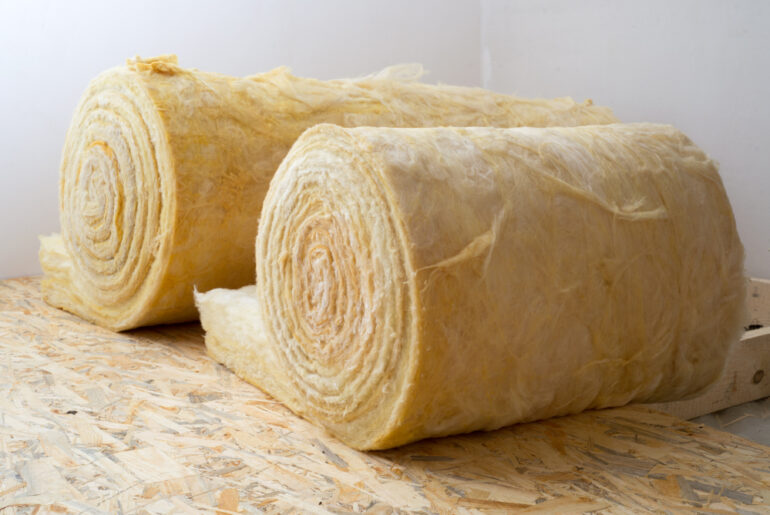Besides its durability and fire-resistant properties, you also have to consider the health concerns of an insulation material. When it comes to rockwool, it’s natural to wonder if it’s safe to breathe.
For the most part, yes. Rockwool fibers are non-toxic and inert, meaning they do not react with other substances. They are also non-carcinogenic and safe for human contact.
However, like any other insulation material, inhaling large amounts of rockwool fibers can irritate the lungs and cause respiratory issues. Let’s learn more.
Research on the Safety of Rockwool Insulation
A study published in Environmental Health and Preventive Medicine found that rockwool, when nasally inhaled by rats, is not harmful to their lungs.
The researchers took 20 rats and exposed them to rockwool fibers. Then, their lungs were analyzed to check the size and concentration of the fibers inhaled.
The study found that the number of fibers in their lungs decreased after four weeks. In this period, the number of fibers had decreased by 53.6%. The size of these fibers also decreased.
Researchers concluded that the size and number decreased due to the fibers getting dissolved in the lung’s fluids and then being released through mucociliary movement outside the body.
Reasons Rockwool Insulation Is Generally Safety-Compliant
Here are the reasons why rockwool is generally safe to use as an insulation material.
No Substances of Very High Concern (SVHC) Present
Regulatory authorities look for substances in insulation materials that can be hazardous to human health. These are called Substances of Very High Concern (SVHC). Some examples of these substances are plasticizers and retardants.
Rockwool insulation does not have any SVHC present.
Not Related to Health Issues
Rockwool is in IARC’s Group 3. The IARC (International Agency for Research on Cancer) has classified all possible carcinogens into four groups.
Materials in Group 3 are not classified as carcinogens, and there is inadequate proof that they can cause cancer. These materials are also bio-soluble, which means they dissolve in the body and are not absorbed.
To fully understand the context of how safe rockwool insulation is, other materials in Group 3 are tea and coffee.
Effects of Rockwool Insulation on Humans
While rockwool doesn’t have the same harmful effects as asbestos, it doesn’t mean you can be careless around it. The Agency for Toxic Substances and Disease Registry reports that excessive exposure of rockwool to the skin can result in irritation.
Rockwool inhalation and exposure can also cause irritation of the upper respiratory tract and the eyes. People exposed to rockwool for a prolonged period may also experience difficulty breathing.
Since rockwool fibers are sharp, they can irritate the skin. If embedded in the skin, they may cause irritation.
Prolonged Exposure to Rockwool and Its Implications
If you are exposed to too much rockwool, it can get lodged in your respiratory tract. As a result, these fibers can cause coughing, wheezing, and similar respiratory issues.
Prolonged exposure to rockwool fibers may also result in lung diseases such as fibrosis. In this disease, the fibers cause scarring of the lungs and make it difficult for them to function correctly.
Safety Precautions When Handling Rockwool Insulation
Even if an insulation material is safe, you should still be cautious when installing it. Here are some safety precautions to keep in mind.
- Protective Clothing: Wear long pants, safety goggles, gloves, and long sleeves when handling rockwool insulation.
- Dust Mask: Wear a dust mask when cutting or installing rockwool insulation. The dust mask will keep you from inhaling the insulation’s fibers.
- Ventilation: Regardless of the insulation type, you should always work in a well-ventilated area. Open the doors and windows. It’s best not to use a fan as it will spread the fibers.
- Direct Contact: We’ve already mentioned above that direct content with rockwool can cause skin irritation. Avoid touching it with your bare hands.
- Cutting: Use rockwool-specific saws or a sharp knife to cut the insulation. Dull blades will result in more dust and fibers, increasing the risk of inhalation. It’s also better to cut outdoors. Or, you can use a tool that has a built-in dust collection system.
- Dispersal: You don’t only have to worry about your safety but others as well. Clean up any scraps and fibers from the installation site and dispose of them properly in a sealed bag.
- Hygiene: Wash your hands and face thoroughly after handling rockwool insulation.
If there’s rockwool dust on the floor or other surfaces, vacuum it up using a HEPA filter. Don’t sweep the dust, as it will spread in the air. The HEPA filter will capture tiny fibers and prevent them from being re-released into the air.
Most importantly, keep people with respiratory issues or allergies away from the installation site. Also, the area should be off-limits for children and pets.





